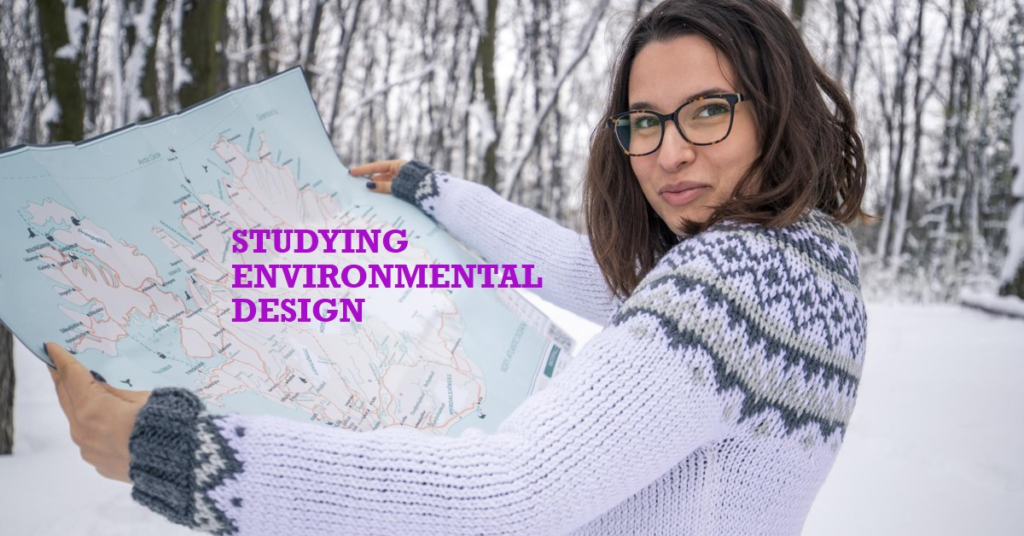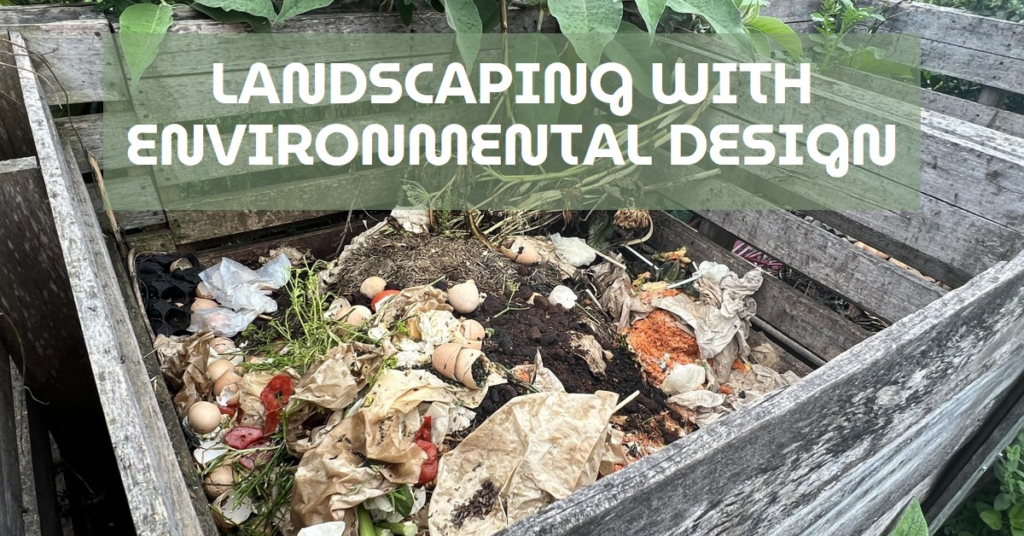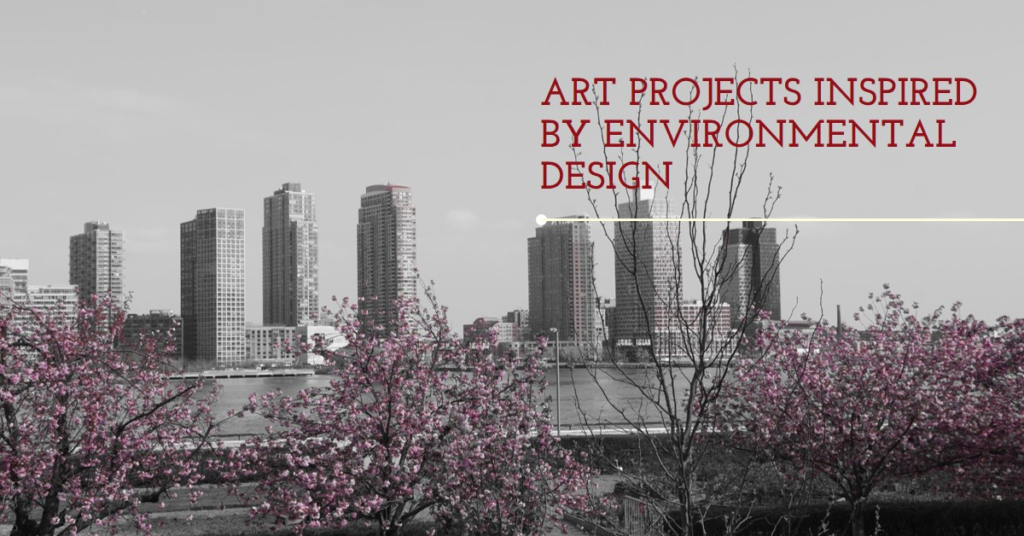
Table of Contents
- Introduction to Environmental Design at CU Boulder
- Exploring the Curriculum
- Hands-On Learning Experiences
- Cutting-Edge Facilities and Resources
- Distinguished Faculty and Industry Connections
- Focus on Sustainability and Innovation
- Student Life and Community
- Career Opportunities and Alumni Success
- Conclusion: Shaping the Future of Environmental Design
Introduction to Environmental Design at CU Boulder
The University of Colorado Boulder offers a unique and comprehensive program in Environmental Design that attracts students from around the globe. This program is designed to prepare students for the challenges and opportunities in designing sustainable, functional, and aesthetically pleasing environments. CU Boulder, with its stunning campus and innovative academic culture, provides an ideal setting for students to immerse themselves in this dynamic field.
Environmental Design at CU Boulder is not just about creating buildings or landscapes. It’s about understanding the complex interplay between natural and built environments, and how to design spaces that enhance the quality of life while being mindful of ecological impacts. The program encourages students to think critically and creatively, equipping them with the skills needed to become leaders in the field.
Exploring the Curriculum
The curriculum of the Environmental Design program at CU Boulder is both rigorous and diverse, offering a solid foundation in design principles while allowing for specialization in various areas. Students begin with core courses that cover fundamental topics such as design theory, history of architecture, and environmental systems. These courses provide the essential knowledge and skills needed for advanced studies.
As students progress, they have the opportunity to delve into specialized areas such as sustainable design, urban planning, and landscape architecture. The curriculum is designed to be flexible, allowing students to tailor their studies to their interests and career goals. This blend of core and specialized courses ensures that graduates are well-rounded and prepared for a wide range of careers in environmental design.
Hands-On Learning Experiences
CU Boulder’s Environmental Design program places a strong emphasis on hands-on learning. Students are encouraged to apply theoretical knowledge to real-world projects, gaining practical experience that is invaluable in the professional world. This experiential learning approach is integrated into the curriculum through studio courses, field trips, and internships.
Studio courses are a cornerstone of the program, providing students with the opportunity to work on design projects in a collaborative and supportive environment. These courses simulate professional practice, allowing students to develop their design skills and receive feedback from faculty and peers. Field trips to notable sites and ongoing projects give students a firsthand look at how environmental design is applied in various contexts.
Cutting-Edge Facilities and Resources
The Environmental Design program at CU Boulder is supported by state-of-the-art facilities and resources that enhance the learning experience. The Environmental Design Building, with its modern architecture and advanced technology, provides an inspiring setting for students to study and create. The building houses design studios, computer labs, fabrication workshops, and exhibition spaces, all of which are equipped with the latest tools and software.
In addition to physical facilities, students have access to extensive digital resources, including design software and online databases. These resources enable students to explore innovative design solutions and stay updated with the latest trends and research in the field. The combination of cutting-edge facilities and comprehensive resources ensures that students have everything they need to succeed.
Distinguished Faculty and Industry Connections
The faculty of the Environmental Design program at CU Boulder are distinguished professionals and scholars who bring a wealth of knowledge and experience to the classroom. They are dedicated to mentoring students and fostering a supportive learning environment. Faculty members are actively engaged in research and professional practice, ensuring that they bring current and relevant insights into their teaching.
CU Boulder’s strong connections with the industry further enrich the educational experience. The program has partnerships with leading design firms, government agencies, and nonprofit organizations, providing students with opportunities for internships, collaborative projects, and networking. These industry connections not only enhance learning but also help students build professional relationships that can be valuable for their future careers.


Focus on Sustainability and Innovation
Sustainability is a core focus of the Environmental Design program at CU Boulder. The curriculum integrates sustainable design principles across all courses, emphasizing the importance of creating environments that are not only functional and beautiful but also environmentally responsible. Students learn about sustainable materials, energy-efficient design, and ecological planning, preparing them to contribute to a more sustainable future.
Innovation is also a key aspect of the program. Students are encouraged to think outside the box and explore new ideas and technologies in their design projects. The program fosters a culture of creativity and experimentation, where students can push the boundaries of traditional design and develop innovative solutions to complex environmental challenges.
Student Life and Community
Student life at CU Boulder is vibrant and diverse, offering a rich array of activities and opportunities for personal and professional growth. The Environmental Design program has a strong sense of community, with students, faculty, and staff working together to create a supportive and collaborative environment. There are numerous student organizations and clubs related to environmental design, providing opportunities for networking, professional development, and socializing.
The university’s location in Boulder, Colorado, adds to the appeal of the program. Boulder is known for its beautiful natural surroundings, active outdoor lifestyle, and progressive environmental values. Students have access to a wealth of recreational activities, cultural events, and community initiatives, making their time at CU Boulder both enriching and enjoyable.
Career Opportunities and Alumni Success
Graduates of the Environmental Design program at CU Boulder are well-prepared for a variety of career paths in the field. The program’s comprehensive curriculum, hands-on learning experiences, and industry connections ensure that students have the skills and knowledge needed to succeed. Alumni have gone on to successful careers in architecture, urban planning, landscape architecture, sustainable design, and related fields.
The program’s strong alumni network is a testament to its success. Alumni stay connected with the university and often return to share their experiences and insights with current students. This network provides valuable support and opportunities for mentorship, networking, and career advancement. The success of CU Boulder’s Environmental Design graduates is a reflection of the program’s quality and its commitment to excellence.
Conclusion: Shaping the Future of Environmental Design
Studying Environmental Design at CU Boulder is an exciting and rewarding journey that prepares students to make a positive impact on the world. The program’s comprehensive curriculum, hands-on learning experiences, cutting-edge facilities, and strong industry connections provide a solid foundation for success. With a focus on sustainability and innovation, CU Boulder equips students with the skills and knowledge needed to address the complex environmental challenges of today and tomorrow.
As the demand for sustainable and innovative design solutions continues to grow, graduates of CU Boulder’s Environmental Design program are well-positioned to lead the way. Whether designing green buildings, planning sustainable cities, or creating beautiful and functional landscapes, CU Boulder alumni are making a difference. For those passionate about environmental design, CU Boulder offers an exceptional education and a pathway to a fulfilling career.


